
Eve Online | Cosmos Amarr Material Farming
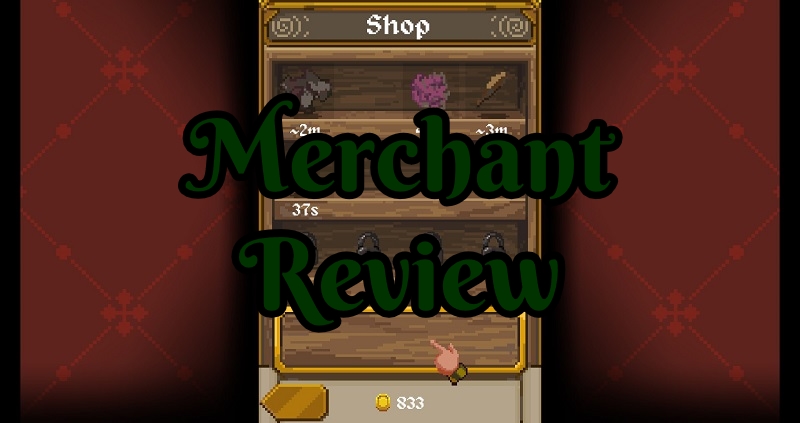


When I first started playing I wondered why anyone would pick different if all this game was is solo combat. Since you would have to level up different crafters to match that style of class anyways. I’m also glad I just didn’t make a full roaster of warriors either.
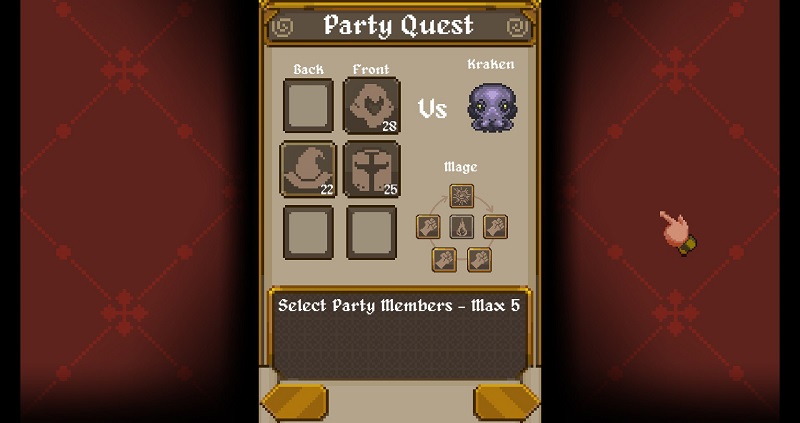
As they level up as well they unlock more action potions for skills and can wear higher level gear that you craft. You then can assign different skills to use off on their quests. A warrior, for instance, can have things like shield slam for more defiance and a block skill.
Each class also has its own main stat that they focus on. They are as you would expect for the most part. With a warrior having high defense, a rouge with accuracy and a berserker with high attack. Nothing unexpected as far as that goes.
What was quite interesting is seeing a hero class change option. It was 8k gold which is a lot more than I currently have so I did not get to explore that.

If a hero fails while they are out on their quest and run out of health you can just revive them by paying a little bit of gold. I can only assume the very high levels start to get rather pricy. When it did happen which was quite rare as I usually health potted or they level up before I’d send them off on another quest. It at least didn’t break my in-game bank to bring them back.
When the hero succeeds depending on how well they did has an impact on the quality of loot. This seems to be a decent reward to risk and giving the player an incentive to match the type of damage they deal with. Meanwhile, reducing health loss as well since you have to use a health pot or level up to be back up to full health.
While nothing overly innovating with quite a few traits following a classic rpg. It was nice to just send a bunch of heroes out on their own quest and check back in a couple of minutes later to see how it went. This does require you to be somewhat active as they are not out for too long.
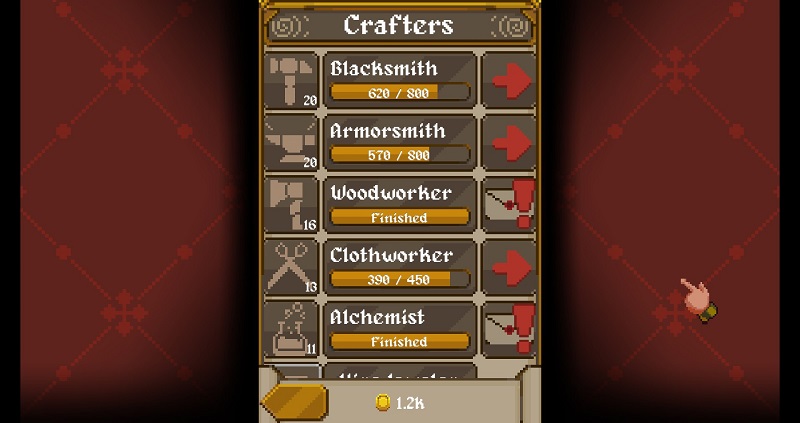
You have things like the blacksmith who focus on crafting melee type weapons from daggers to swords. You also have a woodworker who makes wands and clubs. There is also an armorsmith, cloth work, alchemist, and jeweler. They all fill the needs of certain types of damage either physical or magical in regards to damage dealing or protection.
Items your heroes loot in the game can have different qualities. Merchant uses the ranking grade system D though S where S is the highest. Having higher quality crafting materials just increases your chance of crafting a better item. Other times a special recipe might call for a higher quality of a material.
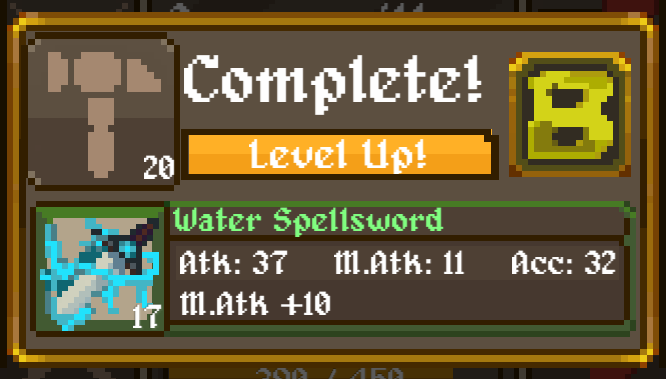
Other than that the crafting is not over complex you more or less just need to know where a given item drops in the game. You might need to turn the ore into ingots first or wood into lumber. On top of that, you just have different kinds of ores and materials the deeper into the game you process .such as for ores as an example if Iron, Mithril, and Adaman and so forth the higher into crafting you get.
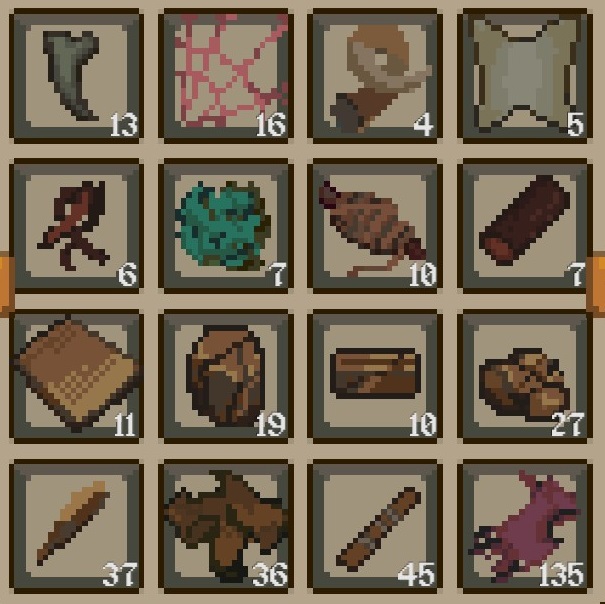
While higher-level items do start taking a lot longer to craft than the stuff you first start out with. Usually the bottleneck I would be dealing with crafting is not having enough gold or raw materials themselves. I might for instance sent out multiple heroes out to different locations to farm for a single craft. Not to mention I always felt like I lacked the inventory space to store a bunch of raw materials so I was selling off what I did not need right there and then.
The game even included a panel for seeing crafting recipes even if you had not crafted them yet. Which was nice as you just needed to work out where to find the item. Which also in itself was not hard as the name of the items often gave a context clue of where to find it. Along with other helpful hints like the items levels which you then could guess within reason which zone it would be dropping from.
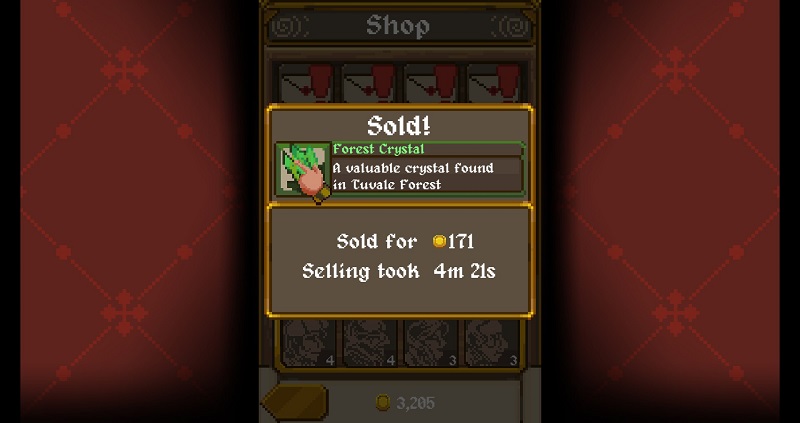
As far as just selling an item the game gives you an estimated price you can put the item up for sale as. The more expensive the item the longer it takes to sell. Usually just a few minutes. Then you just click on the icon and see what the item sold for.

I liked the level element of the shoppers and the player having an incentive to level them up for better items and better deals. They don’t reject an offer either you just get scoring from D to S with how that deal went. This plays into the amount of experience they gain from a single trade.
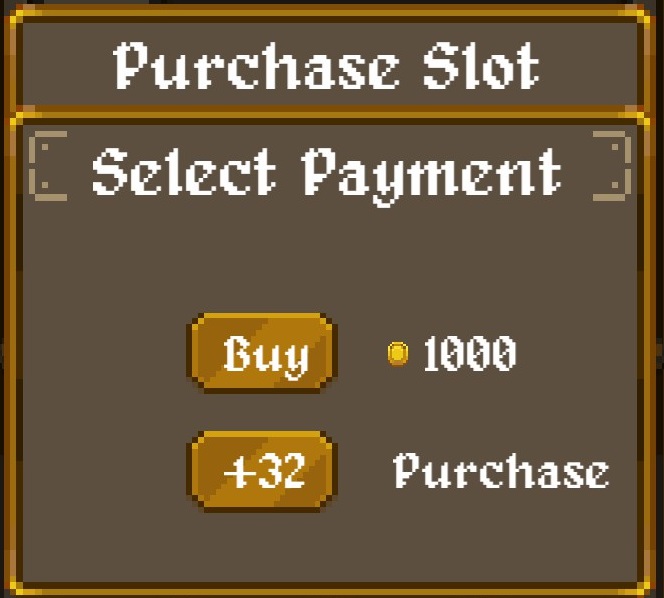
I was rather thrilled to see the developer did not go overboard with anything game-breaking if all you want to do is play the base game. I will say inventory space starts to get rather annoying after a while so buying more of it is definitely a quality of life purchase.
While you can buy inventory slots with in-game gold you get from selling items. I always felt like I never had enough space. Even more so if I had heroes that were all in different zones due to level and requiring different ranges of materials for equipment upgrades.
You can also buy things like more hero slots. With the limited amount of inventory space, I already struggle with. I would not go with that option unless you are also buying more inventory as well. The game does give you quite a few hero slots with an increasing gold cost per slot. More than enough to keep most people busy.
While I did not play the DLCs they appear to add just a little extra something to the game for you to send heroes out and do. Some of them also extended out certain parts of the game like the ability to craft more kinds of potions. Others added in new zones that you could go explore with your heroes. Nothing that looks to over the top they are also only a couple of bucks.
The only thing strange really is the game is trying to market it as having no “microtransactions (in-app purchase)” as everything is a “DLC.” While it is great you can buy 32 slots of inventory space for a couple of bucks. That is kind of stretching it to call it the “Extra Inventory Page” like its a DLC.
Outside of that the other thing I did not really like seeing is an option to buy an experience booster. Since I’m playing in a single-player game it really does not hurt me if others do buy it. So while it’s there I don’t really care about it.
Overall I’m rather happy with how they did the cash shop. It more or less speeds up your ability to unlock acquire more inventory slots right away instead of paying with gold. Everything is also only a couple of bucks up to $4.99. All seems rather fair and nothing outrages.
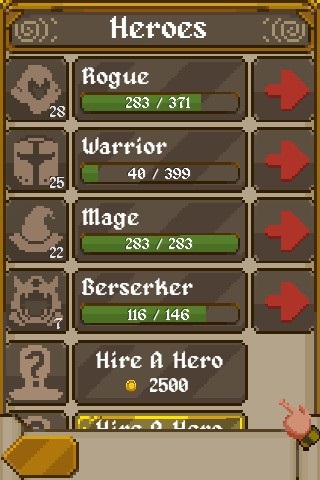
While the game does have a full maximized option which scales up ok with some black bars on the side depending on the screen resolution. You can still see from how the UI is laid out and the background taking up the rest of the space that this is not the only configuration you can play the game in.
There is also a minimize mode that removes the background and makes the entire game rather compact. While it’s not as good as a game having an “excel” mode to try and hide the fact you are playing a game. I rather like the fact you could be doing a lot of other things and just come back to this game from time to time without having to move it around on the screen.
I do wonder how many people have this game open while at work with no one being the wiser if the sound is off. Just sitting between a couple of excel sheets and some other things. A nice productivity killer if I say so!
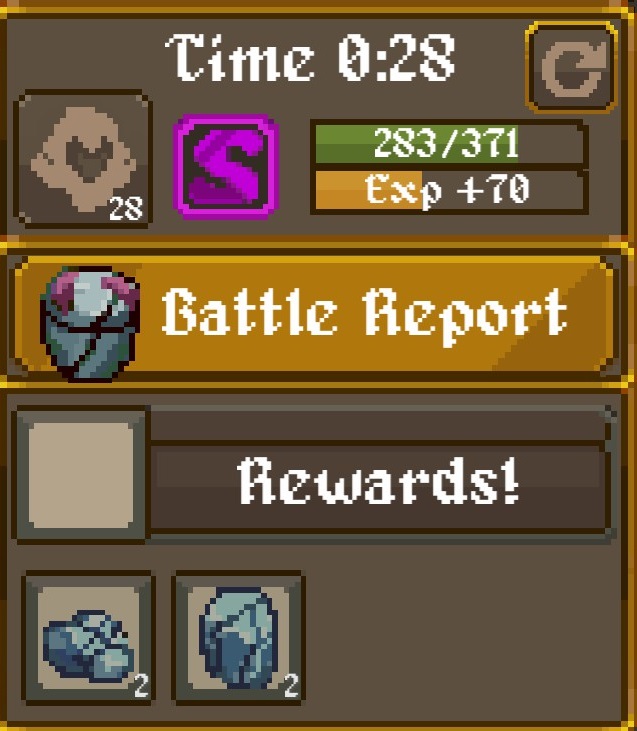
While it’s a rather simple game that does not take much time to learn or even play. Not every game out there on the market needs to be either. It was also nice if you wanted to buy more inventory space you could but they did not go overboard with microtransactions. I found it deep enough to be interesting for a few hours of play. Beyond that, I don’t see myself playing for months to reach max level.
Screenshots were taken and content was written by @Enjar about the game Merchant

